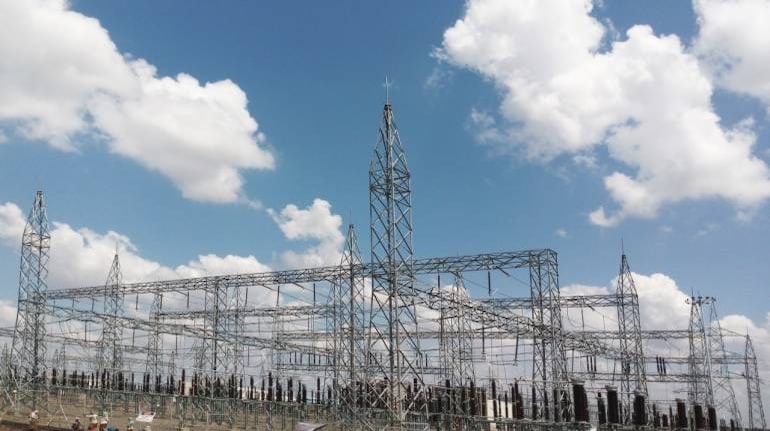



India’s per-capita power consumption rose to 1208 kilowatt-hour, or kWh, in 2019-20 before the pandemic hit demand, but it returned to its growth trajectory in step with the reviving economy since September, Minister of State for Power, New and Renewable Energy R K Singh informed the Rajya Sabha on March 16, 2021.
“The peak electricity demand of the country has been showing an increasing trend,” the Minister said in his reply. “During (the) last one year, the power demand initially reduced due to Covid-19. However, with revival of the economy, there has been (a) positive growth rate from September, 2020 onwards and has reached peak demand of around 190 giga-watt. The increase is on account of revival of the economic activities in the country. ‘Vocal for local’ and ‘Aatmanirbhar Bharat’ also have added to the increasing demand for power,” he added.
Over the last eight years, per capita electricity consumption has reported consistent growth from 914 kWh in 2012-13 to 1208 kWh in the last fiscal, an increase of 32 percent, official data show. Demand was merely 16 kWh at the time of India’s independence in 1947.
One of the reasons for this growth is electrification of villages and households across the country. Electricity is essential for powering economic activity, the Economic Survey 2020-21 states. It also notes that, “there is a strong correlation between electricity consumption per capita and higher scores on the education index across countries.”
“The per capita power consumption is one of the indicators that helps measure a country’s development,” said Ashok Sreenivas, Senior Fellow at Prayas (Energy Group), a Pune based advocacy. India’s per capita consumption has improved over the last five to 10 years, indicating growth, but it is still about one-third of the global average, he said.
In 2018-19, India’s per capita power consumption was 1181 kWh as against the world average at 3,260 kWh.
“The per capita consumption of the country is not the lowest in the world,” the Minister said in his reply. However, it is lower than developing countries such as Brazil, China and South Africa, indicating enormous scope for improvement. Developed countries like Canada and USA have the highest per capita power consumption in the world.
“One should be cautious while interpreting these numbers as they are aggregate and may hide variations across states or regions,” Sreenivas said. “When one compares per capita consumption of electricity against the human development index (HDI) indicators, for countries at India's level of development, even a small increase in energy/electricity consumption is correlated with a better HDI. Hence, it is a useful indicator for the human development level of a country.”
Data shows wide variations across states and union territories. About 17 states/UTs report per capita consumption below the national average, while 19 recorded higher consumption in 2019-20. Dadra and Nagar Haveli topped the list with 15,517 kWh per capita consumption while Bihar was at the bottom of the heap with 332 kWh.
Experts say unreliable electricity supply is a big hurdle in increasing per capita consumption. Reliable power encourages more people to take electricity connections, they say.
Industrial and service (which also includes agriculture and forestry) sectors are the largest users of electricity in India, accounting for 74 percent of total consumption together. The residential sector is the third-largest consumer while the rest is used for rail transport.
India’s future electricity consumption will be driven by growing electricity access, ownership of appliances and economic growth, the India 2020 Energy Policy Review by International Energy Agency released in January 2020 said.
Overall, “India lags behind significantly in energy usage, despite accounting for 18 percent of the world’s population, using only around 6 percent of the world’s primary energy,” the Economic Survey 2018-19 said. “With an increase of per capita energy consumption by 2.5 times, India will be able to increase its real per capita GDP by US$ 5000 (in 2010 prices). Additionally, if India has to reach the HDI level of 0.8, it has to increase its per capita energy consumption by four times,” the survey had said.
Discover the latest Business News, Sensex, and Nifty updates. Obtain Personal Finance insights, tax queries, and expert opinions on Moneycontrol or download the Moneycontrol App to stay updated!
Find the best of Al News in one place, specially curated for you every weekend.
Stay on top of the latest tech trends and biggest startup news.